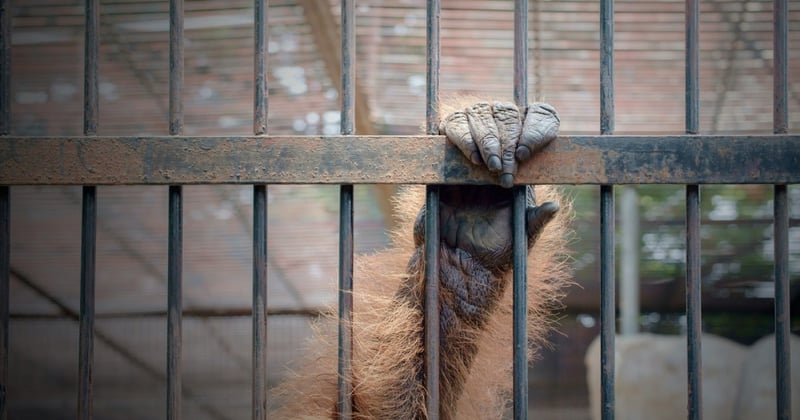
Around the world, Canada is known for its wilderness. Say “Canada” and the image of grizzly bears, wolves, and moose comes to mind. What many people might not know is that Canada plays a significant role in the trade in wild animals, including non-native (exotic) wild animals.
In 2020, after COVID-19 was declared a global pandemic, we wanted to better understand the role that Canada plays in the global multibillion-dollar wildlife trade industry. We had so many questions, including which animals are being imported into Canada, how many, and what steps Canada takes to address the animal welfare, public health and safety, biodiversity and environmental risks that are inherent to the trade. We did the research, and our findings were recently published in one of Canada’s leading journals.
While additional research is still needed to answer these questions and more, we did manage to get answers around the types and numbers of species that are imported, why they are imported, and governmental inadequacies in relation to surveilling and regulating the existing trade and its risks.
Key findings:
- More than 1.8 million wild animals were imported into Canada over a 7-year period (2014-2020).
- 51% birds, 28% reptiles, 19% amphibians, and 2% mammals.
- Animals were imported from 79 different countries, 46% from North America, 17% from Asia, 14% from Europe and 13% from Africa.
- 49% of animals were imported for the pet trade, 40% for farming, 2% for biomedical research, and less than 1% for zoos and entertainment purposes.
Good data is key for making good decisions
What really shocked us when we were analyzing the information is that there were a lot of discrepancies, gaps, and mistakes in the received data sets.
For example:
- The name of the species was missing for 84% of the imported animals.
- For 9% of animals the reason for import was not identified.
- There was no data available about the background of the animals, for example, whether animals were wild caught, ranched, or captive bred.
These findings are very problematic since Canada does not know what kind of wild animal species it is importing. In the absence of crucial species-specific information, it is impossible to conduct comprehensive assessments regarding trade trends, the impact on wild populations, potential disease risks to humans, domesticated animals, and native wildlife, and the impacts on animal welfare. Without these assessments, it is challenging if not impossible, to develop and implement the right measures to protect animals, people, and the environment.
Why is good data missing?
The short answer is that there is no comprehensive approach to monitoring wildlife importations.
Different agencies, departments, and ministries are responsible for different parts of the trade and there is little communication among them. Additionally, there are areas of the wildlife trade that are no one’s responsibility.
- Wild animals that have an impact on our food system (such as wild animals imported for consumption or animals that might threaten the health of farm animals) or on the health of people are the responsibility of the Canadian Food Inspection Agency (CFIA). Animals that are perceived as a threat are listed in Federal Acts and Regulations the CFIA enforces. Animals that are not listed are not looked at by the CFIA.
- Environment Canada and its departments are the only government entity responsible for enforcing the Convention on International Trade in Endangered Species of Wild Fauna and Flora (CITES) or any animals that are banned or restricted from importation due to the possibility of them becoming invasive or spreading diseases that can harm native wildlife. The species that Environment Canada is responsible for are listed in Federal Acts and Regulations. Animals that are not listed are typically not looked at by these enforcement officials.
The result of this convoluted responsibilities list is that almost all species that are imported for the exotic pet trade (which is the main reason why wild animals are imported into Canada) are not really being looked at. The 49% of wild animals imported into Canada for the pet trade come in completely under the radar.
The solution
The trade in wild animals is destructive for animal welfare, wildlife populations, biodiversity, and public health.
As a first step, we recommend that Canada urgently needs to improve data collection and coordination between agencies and to ensure that all wild animal importations are subject to appropriate scrutiny at the border. Assessments need to be made to prioritize the phase out from the trade of those species that pose the highest risk for public health and the environment. Animal welfare will always be at risk when animals are transported in large numbers, this is why, ultimately, we need to significantly curb the commercial trade in wild animals.
Sign our petition to join us in calling on the Government of Canada to end the import in wild animals and end the global commercial wildlife trade. Forever.